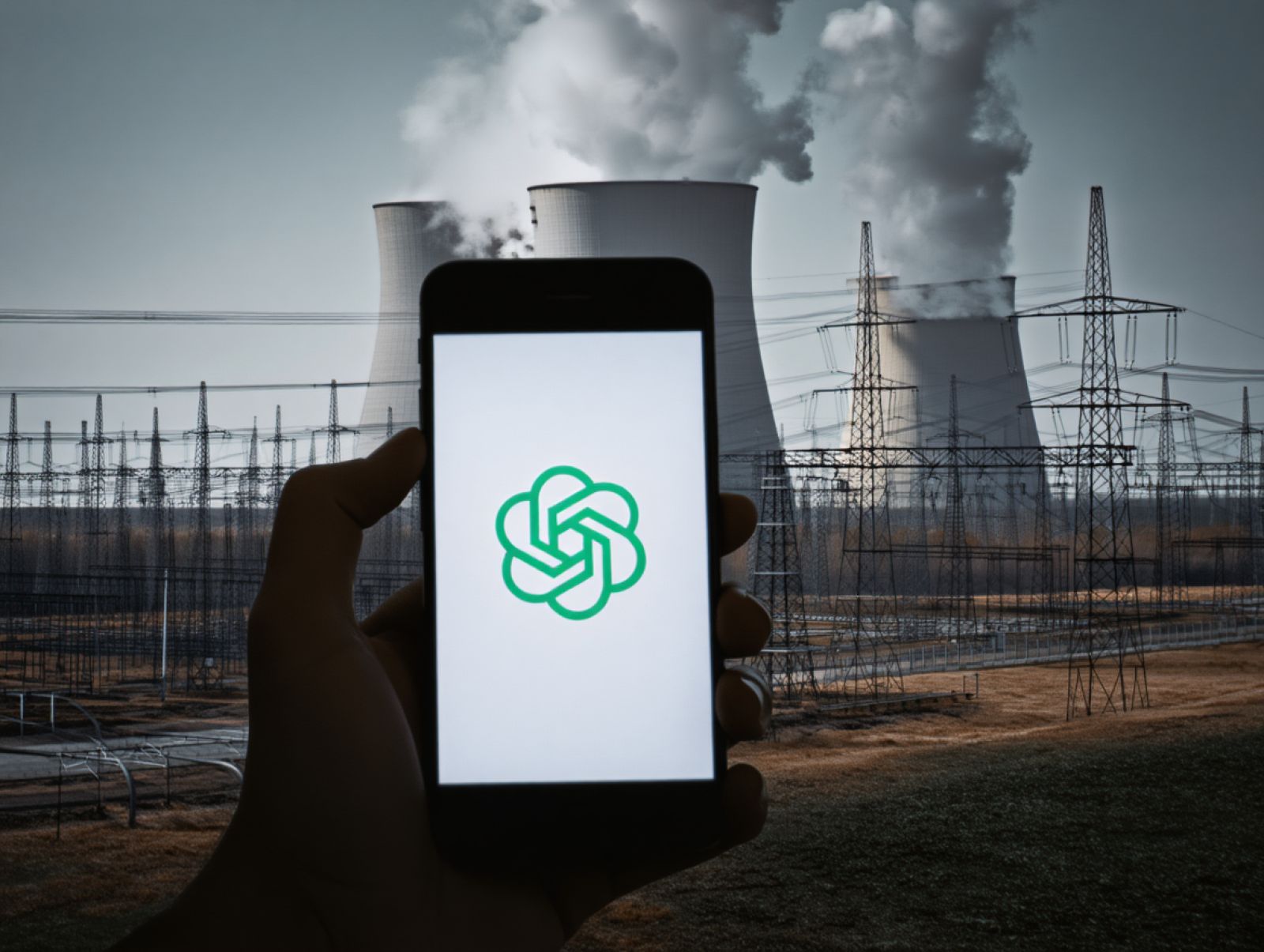⚡ The enormous energy appetite of AI chatbots: the barely believable figures
Follow us on Google News (click on ☆)
Data centers, where AI models are hosted and trained, represent a significant portion of global electricity consumption. In the United States, they used 4.4% of electricity in 2023, and this proportion is expected to at least double by 2030. This rapid growth is directly linked to the explosion in demand for artificial intelligence services, with billions of queries processed every day.

Training language models is particularly energy-intensive. To learn to recognize patterns and make predictions, these systems analyze gigantic datasets over weeks or months. For example, training GPT-4 required 50 gigawatt-hours, enough to power a large city like San Francisco for three days. This phase relies on powerful servers equipped with multiple graphics processing units (GPUs).
Inference, that is, the moment when the chatbot generates a response from a query, also consumes a lot of energy due to the colossal volume of requests. With over 2.5 billion daily prompts on ChatGPT alone, servers must operate continuously to provide near-instant responses.
Researchers are working to better quantify these consumptions and find ways to reduce them. However, major tech companies often keep this data confidential, which complicates the accurate assessment of environmental impact.
The AI model training process
Training an artificial intelligence model involves having it analyze vast datasets so it learns to recognize patterns and perform specific tasks. This involves mathematical calculations executed by specialized processors, often GPUs designed for parallel processing.
The larger and more complex the model, the longer and more energy-intensive the training. Researchers aim to create more efficient systems, but the race for performance often prioritizes size at the expense of efficiency.
Techniques like transfer learning allow reusing pre-trained models for new tasks, thus reducing the need to restart training from scratch. This saves energy, but doesn't completely solve the problem.
Algorithm optimization and the use of more energy-efficient hardware are promising avenues for making training more sustainable in the future.